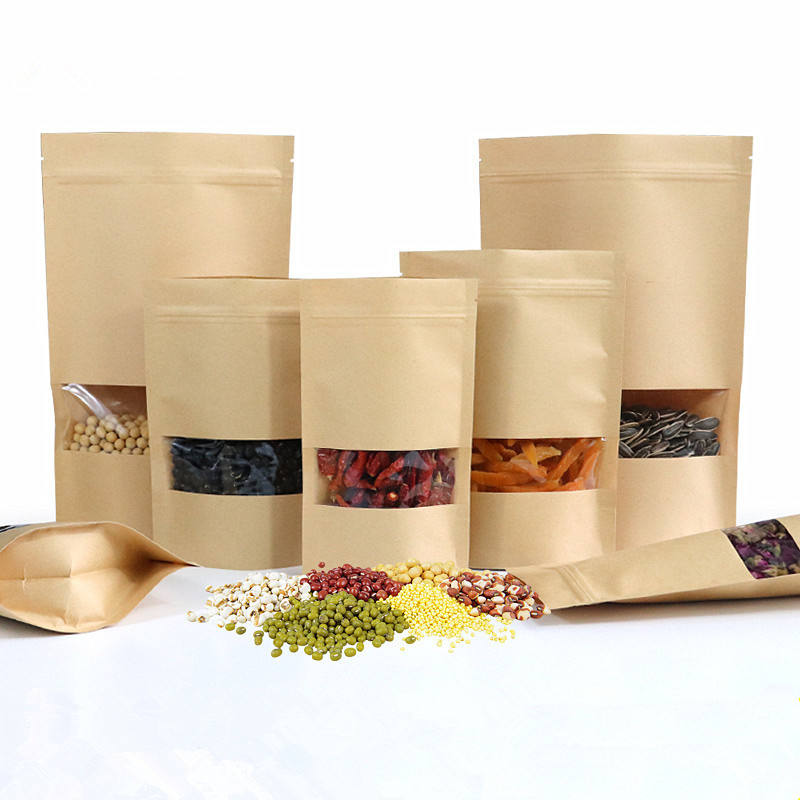The printing of batch and lot information on compostable coffee bags involves specific considerations to ensure that the information is legible, durable, and environmentally friendly. Compostable coffee bags are designed to break down into natural components, so the printing process must use inks and methods that align with sustainability goals.
Here’s how the printing of batch and lot information is typically handled on compostable coffee bags:
- Selection of Compostable Materials:
- Ensure that the coffee bags are made from compostable materials, such as bio-based or plant-derived films. These materials should meet industry standards for compostability, ensuring that they can break down into natural elements under composting conditions.
- Water-Based or Soy-Based Inks:
- Choose eco-friendly inks for printing batch and lot information. Water-based or soy-based inks are commonly used for compostable packaging. These inks are formulated with renewable resources, have lower levels of volatile organic compounds (VOCs), and are more environmentally friendly than traditional solvent-based inks.
- UV Printing Technology:
- UV printing technology is often used for compostable packaging. UV inks cure quickly under ultraviolet light, reducing energy consumption and allowing for high-quality printing on various substrates, including compostable films.
- Digital Printing:
- Digital printing technologies provide flexibility for variable data printing, making it easy to incorporate batch and lot information on each bag. Digital printing also allows for shorter print runs, minimizing waste and enabling efficient printing of customized information.
- Printing Durability:
- Ensure that the printed information is durable and resistant to smudging or fading during normal handling and storage. The chosen inks and printing process should adhere well to the compostable film, maintaining the legibility of batch and lot details throughout the product’s shelf life.
- Positioning and Design:
- Strategically position the batch and lot information on the coffee bag, considering factors such as visibility, ease of scanning, and overall design aesthetics. Information should be printed in a way that does not compromise the structural integrity of the bag.
- Quality Control Checks:
- Implement quality control measures to verify the accuracy and clarity of the printed batch and lot information. Regular checks should be conducted to ensure that the printing equipment is functioning correctly and that the information matches the intended details.
- Compliance with Regulations:
- Ensure that the printing process complies with relevant regulations and standards for food packaging. compostable coffee bags The inks and materials used should meet safety requirements and not pose a risk to consumers or the environment.
- Integration with Packaging Design:
- Integrate batch and lot information seamlessly into the overall packaging design. This ensures that the printed details complement the visual appeal of the compostable coffee bags while providing essential information for traceability.
- Storage and Transportation Considerations:
- Handle printed compostable coffee bags with care during storage and transportation to prevent rubbing or contact that could potentially affect the printed information. Proper handling helps maintain the overall quality of the packaging.
- Messaging on Environmental Benefits:
- Consider adding messaging on the compostable coffee bags to highlight their environmental benefits, including the use of compostable materials and eco-friendly printing practices. This information can resonate with environmentally conscious consumers.
- Batch and Lot Coding Systems:
- Implement efficient coding systems for batch and lot information, allowing for quick identification and traceability. These coding systems may include barcodes, QR codes, or alphanumeric identifiers that are easily scannable.
By incorporating these considerations into the printing process, manufacturers can ensure that batch and lot information is effectively communicated on compostable coffee bags while aligning with sustainability objectives. This approach contributes to the overall eco-friendly profile of the packaging and meets the expectations of environmentally conscious consumers.
